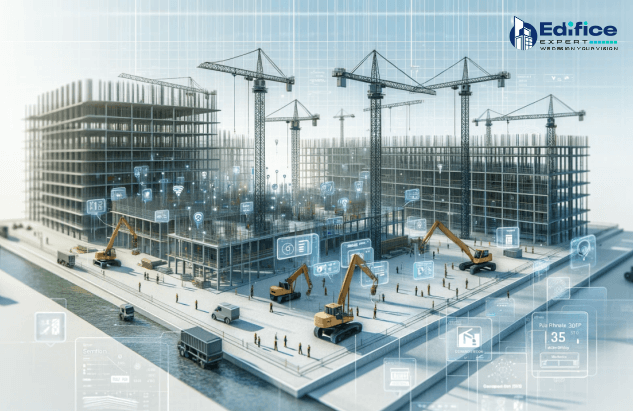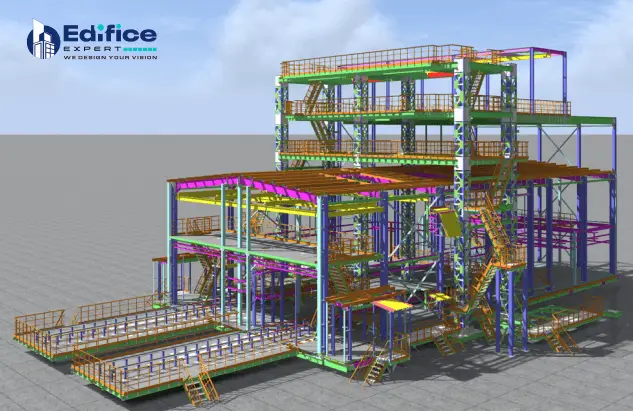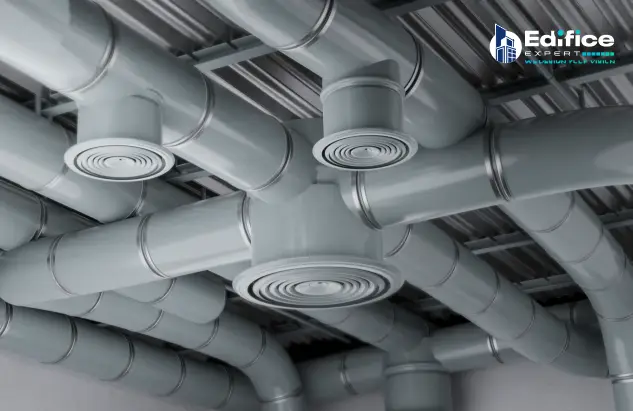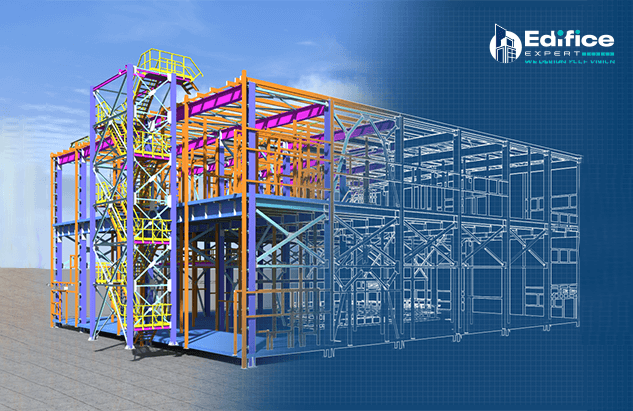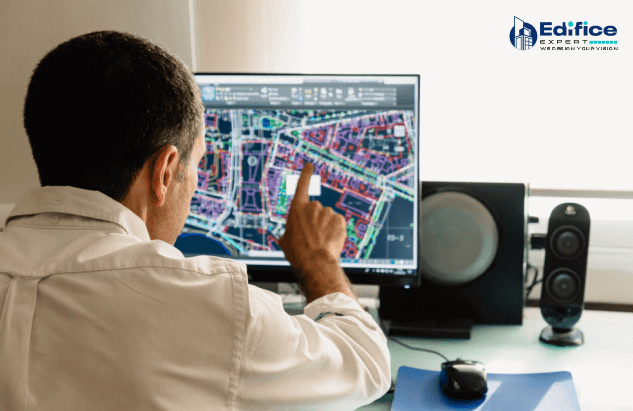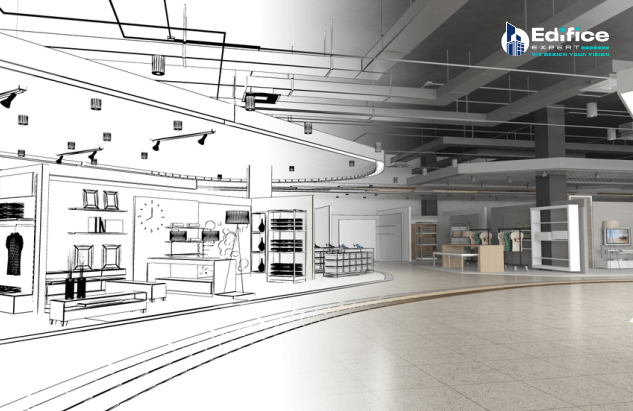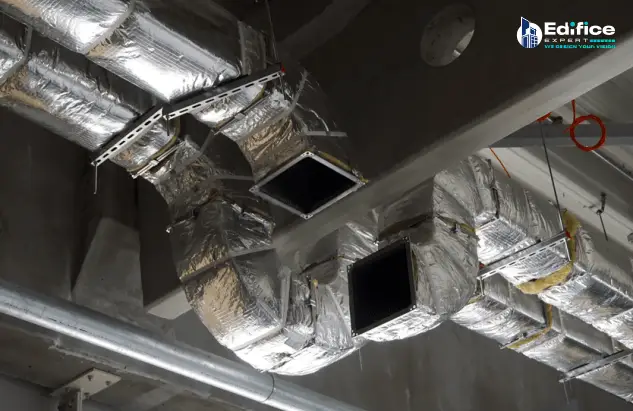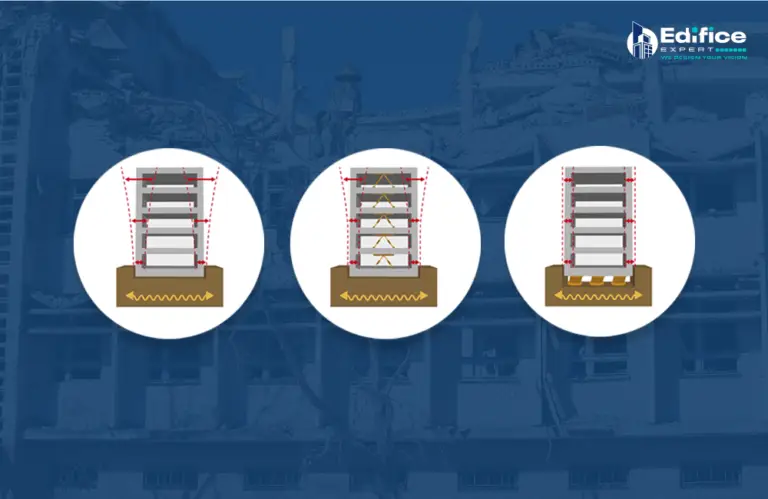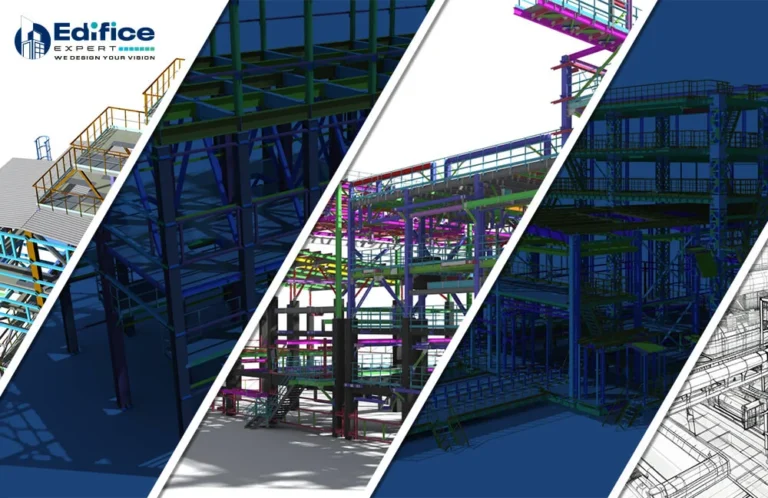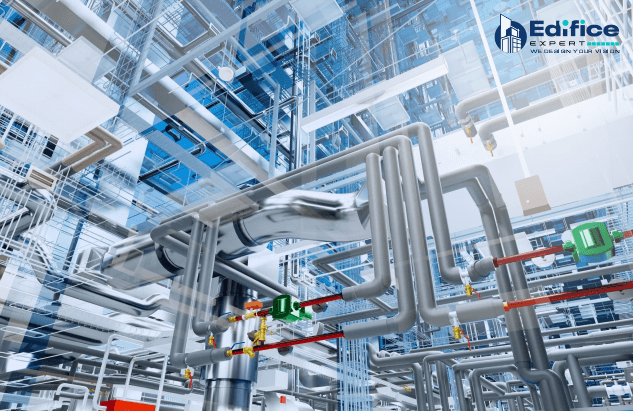Introduction
Risk management in the AEC (Architecture, Engineering and Construction) industry is a global issue.
If the risks involved aren’t handled well, it can lead to severe issues that affect not just a single project but also future land-use planning and design.
With the rise of Building Information Modeling (BIM) in construction, there’s a growing interest in how it will help manage risks more effectively.
BIM offers quick access to the teams involved to visualize projects in detail before construction begins. This means potential problems can be spotted early, saving time and money down the line.
What sets this discussion apart is that BIM has multiple layers of information and functions that can directly impact construction operations. At the same time, it can be well-integrated with AI and machine learning technology to automate specific actions that can improve the safety of construction sites.
So, let us understand the role of BIM in ensuring construction safety at large.
Types of Risk in Construction Projects
You’ll find lots of blogs about BIM risk reduction, but what all of them miss is a comprehensive look at how BIM can resolve different types of risks across every stage of construction.
Let’s get into it!
1) Risk at the Design Phase
One of the earliest risks in any construction project lies in its design phase.
If the drawings contain even a slight error, they will be further shifted into structural issues. However, BIM can eliminate this practice by having a 3D digital twin of the project.
For example, if you are halfway through your project and come to know that the HVAC system overlaps with a support beam, BIM will catch this in minutes.
2) Risk at the Coordination Phase
Construction projects involve multiple members – architects, electrical engineers, plumbing teams, contractors, designers, etc.
Each uses different models and plans, which increases the chance of miscommunication and misalignment.
Integrating different BIM Models into one centralised model will help the teams stay on the same page and track every change across disciplines in real-time, eliminating coordination gaps.
72% of BIM adopters and 64% of those yet to adopt BIM say that BIM reduces risk. This, in turn, means there should be fewer time delays, cost overruns, or disputes.
3) Risk of Cost
Who wants to go over budget first & then sit regretting the same later? Unexpected costs from design changes, material wastage, and delays can increase a project’s financials by three times, which is not a good sign at all.
However, BIM helps you forecast accurate budgets by simulating project execution from start to finish.
It also enables 5D BIM, which integrates cost data into the model. With detailed takeoffs and quantity calculations, you know exactly how much material is needed, avoiding waste and over-ordering.
4) Risk of Safety
Safety always used to be the top priority in construction.
As we all know, construction sites are risky due to heavy machinery, high structures, and complex workflows.
Accidents can harm workers and lead to a long delay in the project, which can result in penalties.
It becomes easy to identify potential risks right before the work starts because BIM will simulate the construction phases.
At the same time, BIM will also help plan safer logistics by mapping out paths for workers and equipment.
Meanwhile, BIM services will prevent clashes between systems and structures, keep the site organized, and lower the chance of accidents.
5) Scheduling Risk
Due to the tight nature of construction schedules, any delay in between will create “a domino effect” on the entire project.
The effect will begin with missed deadlines, leading to extra labor costs, fines, and frustrated clients.
Estimate time and cost with 4D and 5D BIM dimensions. Link the project’s schedule and cost with the model, helping you visualize the timeline & cost of the project while spotting errors in the early phase.
A study says that by 30 March 2020, the project had experienced around 15% of the overall project delay; by 31 July 2020, around 55%; and by 31 October 2020, around 80%.
6) Environmental Risk
Sustainable construction has become a requirement today, and companies that cannot meet green building standards suffer financial and reputational risks.
Talking about BIM, it can model the building’s energy consumption, natural lighting, and ventilation to optimize environmental performance.
Simulating how different systems interact in the BIM model will make sure that the sustainable elements, such as solar panels or green roofs, work smoothly with the overall design.
7) Compliance Risk
Regulatory compliance is another area where risks take over.
One missed permit or non-compliance with building codes will put up a “pause” on your project, causing expensive delays and penalties.
BIM tools will smoothly incorporate the regulatory standards into the model, ensuring that the design immediately meets all necessary requirements.
BIM will highlight design elements that don’t meet compliance standards, allowing corrections before construction begins.
How BIM Can Help to Eliminate Construction Risk & Ensure Safety
Let’s understand in detail how BIM can help eliminate construction risk and ensure safety using its capabilities.
1) Detect Clashes at Every Level
One of BIM’s best advantages is its ability to mitigate risk by detecting clashes early in the project lifecycle.
The detailed 3D model of the project created using BIM will let the teams visualize all components before construction begins.
This proactive approach will help stakeholders identify potential errors, such as overlapping structural elements, before they get into the costly rework.
2) Improved Visualization and Communication
BIM offers a wider window in the form of 3D visualizations that improve understanding among all project members.
This clarity will significantly improve communication, reduce misunderstandings, and ensure everyone is aligned on project details.
BIM will combine multiple layers of information, making it easier for teams to coordinate effectively.
3) Sharing Real-Time Data
With BIM, all the team members will get access to a centralized data environment.
At this stage, real-time information sharing will facilitate quick identification and resolution of discrepancies, allowing teams to adapt to changes or challenges.
Conversely, construction managers can minimize delays and keep projects on track by having immediate access to updated plans and schedules.
4) Excellent Management of Safety
BIM will upgrade the level of safety by allowing detailed simulation of site conditions and potential risks.
Safety protocols will be directly integrated into the model, enabling teams to plan for emergencies more effectively and conduct safety training in virtual environments.
This on-the-go approach not only improves compliance with safety regulations but also promotes a culture of safety on-site.
5) Accurate Estimation of Cost
The budget will stay in line without any financial constraints, utilizing BIM’s capability to provide precise cost estimates based on real-time data from the model.
Accurate budgeting helps project managers distribute the resources efficiently and avoid budget overruns.
6) Detailed Simulation Capabilities
BIM’s simulation capabilities will easily facilitate the process of testing at various risk-prone scenarios before construction begins.
This foresight level will prepare the teams for potential issues while improving overall project resilience.
Future of BIM in Ensuring Safety in Construction Industry
As we look forward to the future, the evolution of BIM technology continues to show strong commitment, particularly in areas like automation, AI integration, sustainability, etc.
The following trends are set to shape the future of BIM in ensuring safety;
1) Digital Twins
This trend will uplift project visualization, real-time monitoring, and predictive maintenance, allowing stakeholders to optimize efficiency and reduce costs.
2) Cloud-Based BIM
This trend will allow real-time updates and smooth communication among project teams while minimizing errors.
Cloud-based BIM is necessary for complex projects requiring coordination and data sharing.
3) Integration With IoT (Internet Of Things) and AI
Integrating IoT and AI with BIM overall improves data collection and analysis.
This trend is taking all of us towards more innovative construction processes, improved safety, and cost savings.
4) 3D Printing
3D printing is changing the construction industry by accurately creating complex structures.
This trend highlights the synergy between BIM software tools and highly efficient manufacturing technologies, minimizing labor costs and construction times.
5) Focus on Sustainability and Life-Cycle Assessment
This BIM trend promotes sustainability by facilitating building life-cycle assessments. BIM tools like Tally help architects analyze the environmental impact of materials and processes.
6) AR(Augmented Reality) in BIM
AR comes with revolutionary technological integration by improving the efficiency of on-site construction processes.
Also, AR’s real-time nature ensures that adjustments and modifications can be made promptly, contributing to increased project agility.
7) VR (Virtual Reality) in BIM
Virtual Reality (VR) has changed BIM by providing a wide and interactive experience for architects, engineers, and stakeholders.
VR in BIM will allow real-time design reviews, enabling immediate feedback and identifying potential issues.
This approach will ease decision-making and ensure the final construction aligns with the desired design.
Conclusion
BIM is undoubtedly a game-changer for eliminating construction risks and ensuring safety in the construction industry.
By detecting clashes early, improving communication, and providing real-time data, BIM is helping teams make informed decisions that protect projects and budgets.
Don’t let risks interrupt your projects! Get in touch with Edifice Expert today to understand how we can help you implement BIM effectively and create safer, more efficient construction processes.
